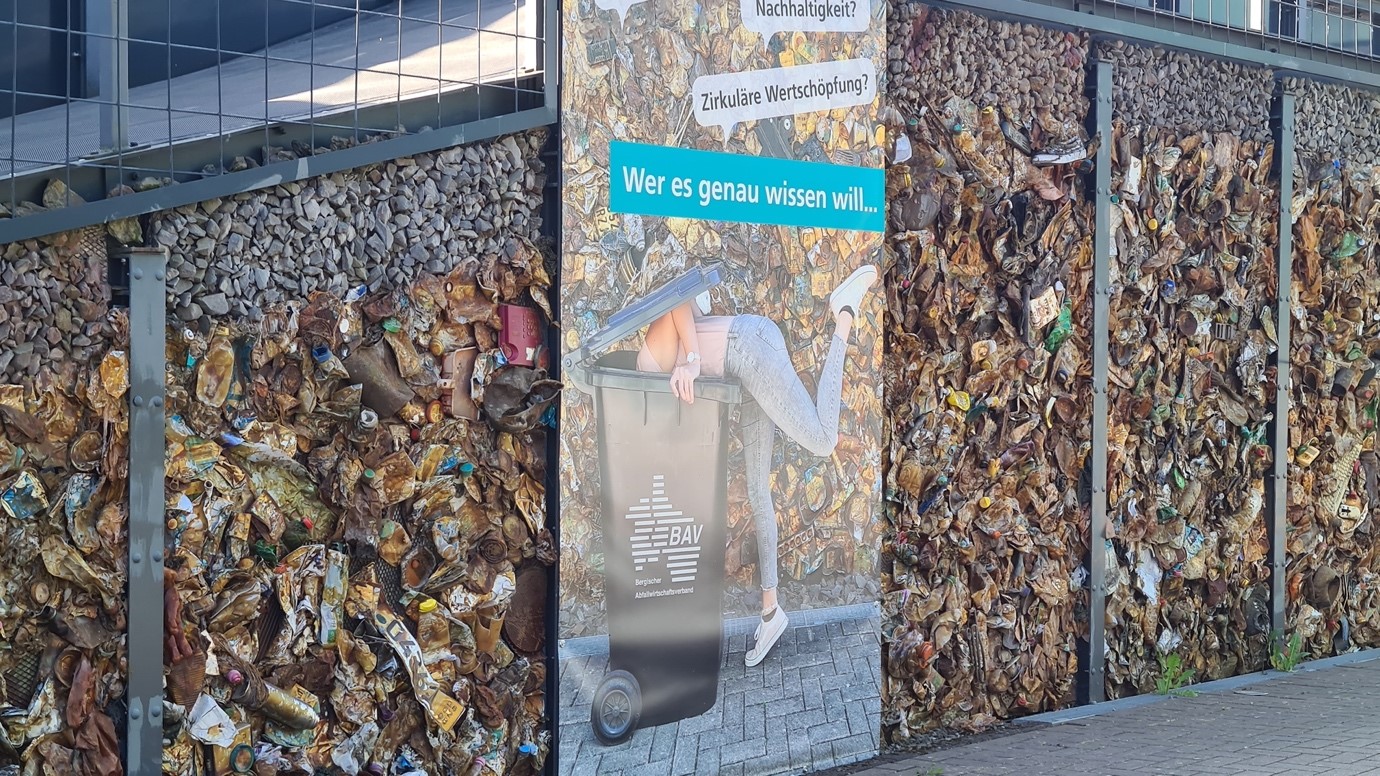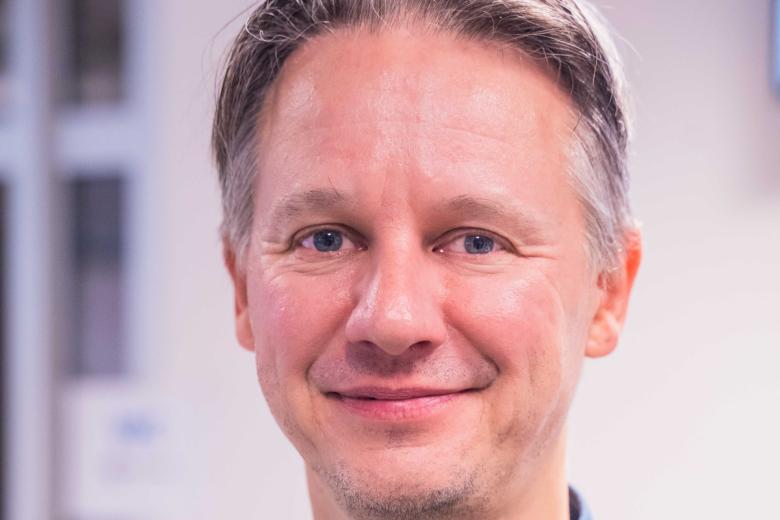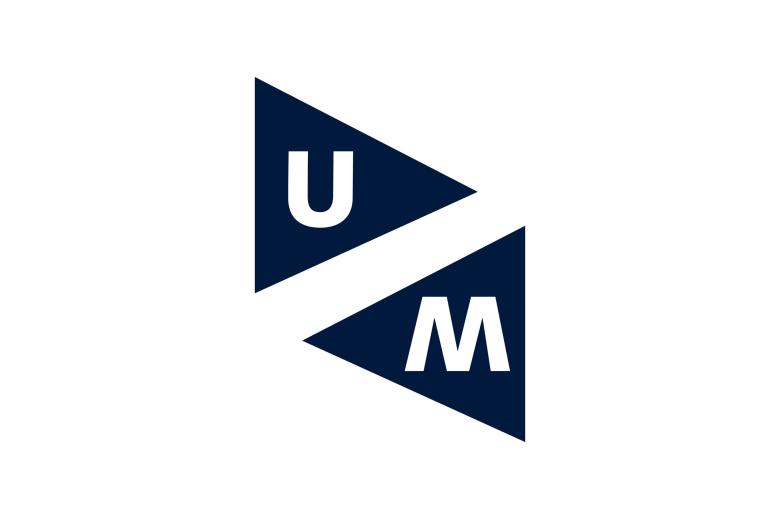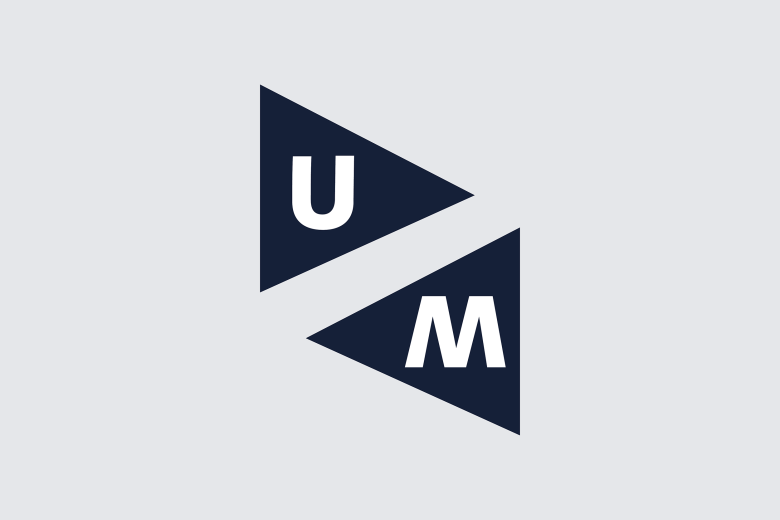Habits & Cleaning the Waste
This Summer, when on holiday in Norway, I noticed how clean the water was in one of the fjords surrounding the beautiful city of Bergen. It allowed for making idyllic pictures of houses whose outlines were reflected in the water. How different this was when I visited a dump ground in Germany a couple of months earlier. The dump place had become a dump hill, and the owners had transformed the place into an educational site. It was transitioned into a playground for school kids who needed to climb many, many steps before getting the reward of a breath-taking view on the mid-mountains surrounding us. Next, to being a playground, the owners had put a powerplant in place and several research labs. It was difficult to see it was a dump ground because everything was covered by green, or by soil, or by roads and labs. But before the school kids found their final reward, every 5 or 10 stair steps they had put a black waste container aside of the step. They were filled with whatever people throw away in daily life. I couldn’t resist the temptation of course, and I opened one...

Maybe I shouldn’t have done so, but the container started talking to me immediately. After making the sincerest apologies for the waste, I was confronted with, it asked me in a very clear voice how I felt – seeing all this – about buying every two years the latest model of a new cell phone. This container was packed with thousands and thousands of cell phones, left behind by people like me, as if they were the orphans of modern society. It continued its talk by friendly asking when I hoped to receive my next new cell phone and whether I enjoyed looking into this container. Which view did I appreciate more? Did I feel that the next generation would consider this view as endearing as the idyllic view I had about the neighbouring forest? I closed the lid hoping it would stop talking to me, but it only did when I opened another waste container 5 steps ahead of me. This one was filled with dead mouses; computer mouses obviously. I kept the conversation very short and polite, and struggled my way to the top of the dump ground, ignoring all the other waste containers. I really appreciated the occurring silence because I simply ignored the messages awaiting for me in the remaining waste containers. As they say “if you don’t look for it, it is not there”.
The dump ground I visited makes part of a series of research projects in joint cooperation between the Cologne University of Applied Sciences and its owner. Together they do research on how to reuse materials from obsolete high-tech devices, or on how to extract energy from the gasses produced by the waste kept under the soil coverage. Most of these projects are EU-funded. Not only the amount of funding is impressive, but also the commitment of Cologne University of Applied Sciences to create a better place. Its research teams and the university administration take great pride in conducting projects with a very clear goal in mind: create clean places and literally get the most out of the waste. In this respect their research aims at solving problems in practice together with sharing their expertise on a wide range of publication platforms. But let’s return to cleaning the waste. A MORSE research team led by Melanie Feeney, Therese Grohnert, Pim Martens and me wondered why it is so difficult for many organizations to clean the waste. Simply put, what are key organizing processes to overcome the challenges that arise when organizations seek for sustainable solutions when delivering their products or services. Cleaning up or developing sustainable solutions implies that people within an organization need to figure out what needs to be done. Moreover, they will need to convince others (their managers or their board) this is the way to go, and finally shareholders need to accept solutions proposed by the board. So, it is not only a process making the individual learn about how to solve issues. It is also about how organizations can prioritize sustainability outcomes over firm performance. Making this happen implies breaking existing patterns and habits of thinking. Under classic conditions, it can be expected that firm performance is prioritized. But prioritizing sustainability requires the creation of new knowledge, learn how to apply, and understand which measures can be used management to assess progress being made. All of a sudden, it becomes a complex situation in which economic values compete with learning and development values.
Melanie Feeney and her team conducted an extensive literature review about learning new behaviors to foster sustainability. She found out that next to power relations explaining how and when organizations shift towards developing sustainable solutions it also about whether an organization has the capacity to learn and to break out of its habits. One of the conclusions is “… that alternative ways of measuring the success of management, sustainability projects and companies could free up managers to invest in critical reflexive learning processes that align with longer-term and more radical responses to sustainability”. She calls for “… exploring how organizations can change entrenched power structures in decision-making.”
Cleaning the waste can be considered as a habit: some do, others do less, but one does so because it seems to be necessary. Most of my research is conducted in the field of the Learning Sciences. Changing habits is one of the most difficult challenges encountered in this field. Once the habit has been acquired it is barely impossible to change it. It is easier to learn new habits than to get rid of old ones. Whether a habit consists of dangerous driving, not applying the required procedure, or framing a particular problem in particular theoretical ways, changing a habit gets close to cracking a diamond. This doesn’t release us from the responsibility to persist and conduct the necessary disciplinary research to understand the formation and unlearning of habits from a disciplinary perspective. But it requires a continuous effort to seek for opportunities in collaborating with other academic disciplines and organizational practice to crack those habits. It also requires rethinking our assumptions about what we do and question ourselves whether we put sufficient effort in changing the way we do.
Just last week, I was contacted by my telecommunications service provider to renew my contract and consider buying a new cell phone. I was excited about their lower subscription fees and the specifications of the newest cell phones. Essentially a new phone would have more storage capacity, lower power consumption, and higher camera resolution. Just for a moment, it crossed my mind how to get rid of my current phone. I remembered there was still an empty spot in that talking container I met after climbing 300 steps. No one would probably ever notice if I dumped my current phone in it …
Also read
-
Inaugural lecture Jan Willem van Prooijen
What drives people to embrace radical conspiracy theories, sometimes with far-reaching consequences for society? During his inaugural lecture on Friday 27 June, Prof. Dr. Jan Willem van Prooijen (radicalisation, extremism, and conspiracy thinking) will address this urgent question.

-
Update 25 June
Last night a UM building at the Bouillonstraat was daubed with paint and slogans. A sad expression of vandalism. UM has filed a report.

-
A night in Tehran: rose water, saffron and pistachio
Niloofar Tahmasebi Birgani, assistant professor at the MERLN research institute, was born in southern Iran. It was only when she moved to the Netherlands in 2010 for her PhD research that she began cooking for herself. Instead of recipes, she uses intuition and memory to bring her mother’s and...
